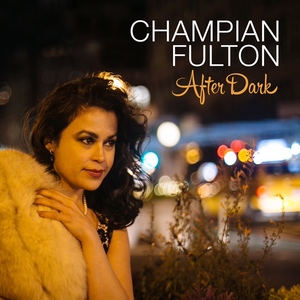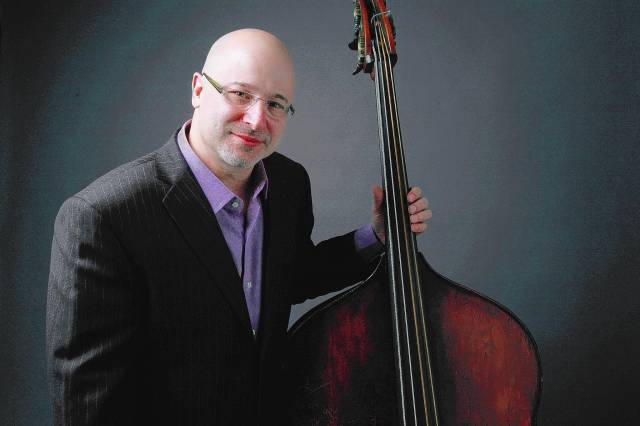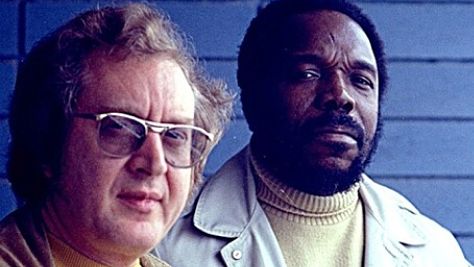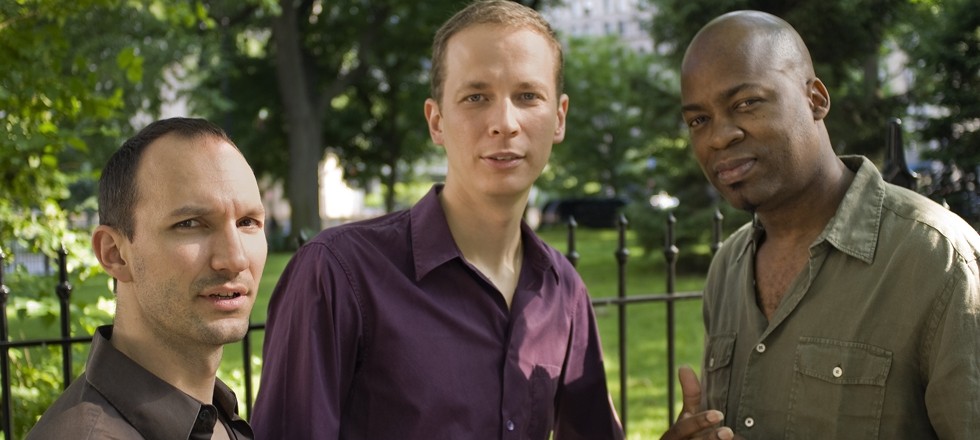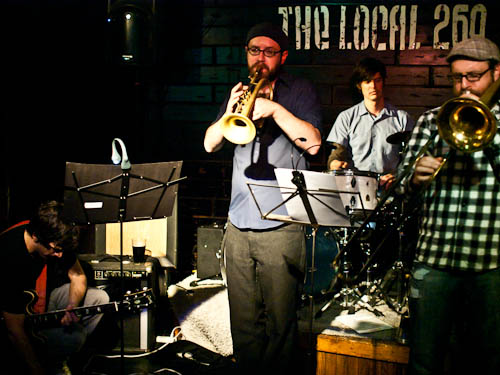The lady on the left is the fabulous vocalist and composer René Marie. She and her accomplished trio - pianist John Chin, bassist Elias Bailey, and drummer Quentin Baxter - are making a return trip to The Side Door Jazz Club in Old Lyme this Saturday (2/27). Last time she was at the venue, she celebrated the release of "I Wanna Be Evil (With Love to Eartha Kitt)" (Motema Music), one of the more delightful albums of 2014. Ms. Marie is more than a torch singer bit you can singe your ears with her exciting music. Plus, her ballad singing is just wonderful. As for her stage presence...well, she is graceful, witty, sassy, sexy and soulful.
Doors open at 7:30 p.m. and the music commences 60 minutes later. Call 860-434-0886 for reservations.
Here's a track from the Kitt CD, the delightful "I Rather Be Burned As a Witch":
For tickets and more information, go to thesidedoorjazz.com. To find out more about the saxophonist, go to www.mikecaseyjazz.com.
Here's the Trio with a rousing reading of Jackie McLean's "Little Melonae":
 |
| anna yatskevich |
Mr. Fowser is bringing his Quintet to the 9th Note, 15 Bank Street in Stamford this Friday evening. It's the same group that recorded "Standing Tall" including pianist Rick Germanson, trumpeter Josh Bruneau (a graduate of the Jackie McLean Institute), bassist Paul Gill, and drummer Jason Tiemann.
There's a breezy, bluesy, feel to the music on the album. One can hear the influence of the Blue Note Records sounds of the late 1950s through the mid 60s, for instance the sound of McCoy Tyner, Herbie Hancock, Freddie Hubbard, and early Wayne Shorter. To his credit, the young saxophonist does not imitate any particular saxophonist, mixing the essence of Shorter, John Coltrane, Joe Henderson, and Michael Brecker into his pleasing tenor tone. Bruneau has a crisp attack and articulates his notes with brio. He also has a mellow side, especially when he use a mute (as he does on "Hanging On." "Mode for Red" frolics at the pace of a high-energy Tyner track. One hears it in the opening chords and theme as well as during Germanson's short but rousing solo. Out of the 12 tracks, there is only one song over 6 minutes and that's the mellow, medium-tempoed "Timeless." "Filling In The Blanks" is a blues with one of Fowser's more emotionally rich solos.
The music on "Standing Tall" is good and is probably even better in person. The rhythm section is solid without being flashy (Germanson is so fundamentally sound) while both Ken Fowser and Josh Bruneau play with taste and, in the case of the trumpeter, with great fire. To find out more about the album, go to www.posi-tone.com/standtall/standtall.html. To learn more about the saxophonist, go to www.kenfowserjazz.com.
The gig on Friday night starts at 9 p.m. For reservations and more information about the venue's weekly calendar, go to www.the9thnote.com or call 203-504-8828.
Here's the title track:
*******************************************************
Pianist David Berkman, saxophonist Tim Armacost, and drummer Gene Jackson formed the New York Standards Quartet in 2005 and wound up spending a lot of time playing in Japan. Each musician had his own career performing and teaching but so much enjoyed each other's company that they continue to get together each year for a trip to the Orient.
They've managed to record 4 CDs over the decade for 4 different labels. But "Power of 10" changes that part of the story in that it is the 2nd straight release to be issued by Whirlwind Recordings. There s also a new bassist n the group (Yosuke Inoue was featured on the first 2 and Daiki Yasukagawa on the next 2) and it just happens to be the head of the label, Michael Janisch.
 |
| www.theguardian.com |
"Power of 10" is notable for its powerful music, intelligent interactions, excellent solos and music more. The New York Standards Quartet takes music many listeners are familiar with, styles we can put a name to, and creates a program that illustrates just how alive jazz can be.
For more information about the band, go to nysq.org/home/ and to www.whirlwindrecordings.com/power-of-10/.
Here's the NYSQ in concert with bassist Janisch from 2011:
Guitarist Ed Cherry, a New Haven CT native, first came ti critical notice as a member of trumpeter Dizzy Gillespie's bands from 1978 until 1992. His clean, clear, tone, his intelligent and funky chording, and his ability to make a melody stand out, all of that plus solos that incorporate jazz and blues, makes his music so attractive.
"Soul Tree" is his second release for PosiTone Records. Like 2012's "It's All Good", the guitarist utilizes an organ-drums-guitar format, this time with utilizing the talented duo of Philadelphia-based musicians, Kyle Koehler on the Hammond B-3 and Anwar Marshall on drums. The majority of the material covers a wide swath of the jazz idiom, from Jimmy Heath's "A New Blue" to Mal Waldron's "Soul Eyes" to John Coltrane's "Central Park West" yet the program opens with the trio's funky, high-energy, take on Kool and the Gang's "Let The Music Take Your Mind." Marshall's spirited drumming pushes his cohorts hard and with Cherry and Koehler respond with brawny solos. Cool organ tones lead the band into a quiet, tuneful, reading of Harold Land's "Ode to Angela" - Cherry's solo is so bluesy, the rippling phrases rolling over the movement of the rhythm section. The trio swings the heck out of Freddie Hubbard's "Little Sunflower" (note the excellent cymbal work of Marshall, how he pushes the tempo but the ride cymbal stays steady.)
"Soul Tree" lives up to its name on many levels; the music is certainly soulful and Ed Cherry pays tribute to his "roots" by playing songs that influenced him to create his own "voice." The contributions of Kyle Koehler and Anwar Marshall go a long way to making the album a most enjoyable listening experience.
For more information, go to edcherrymusic.com/live.html or www.posi-tone.com/soultree/soultree.html.
Here's "Rachel's Step":









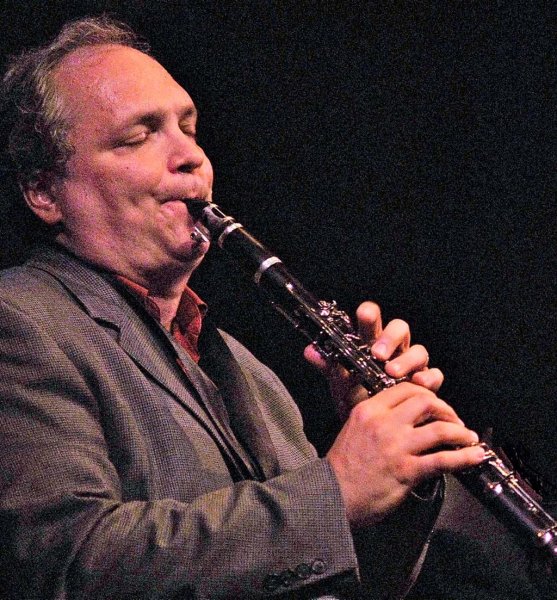



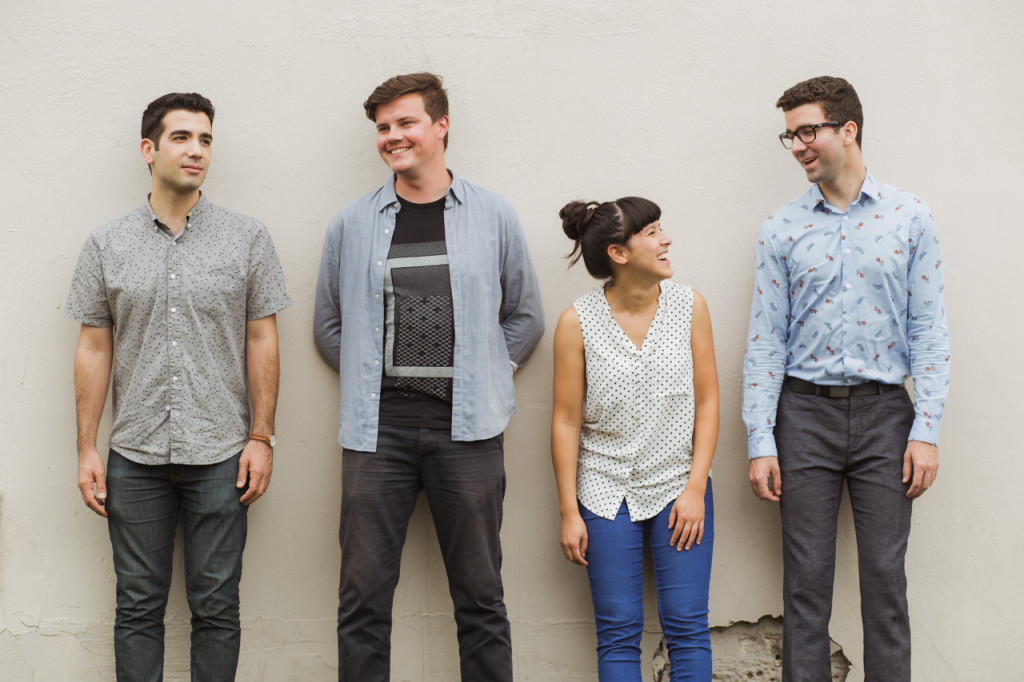


.jpg)
